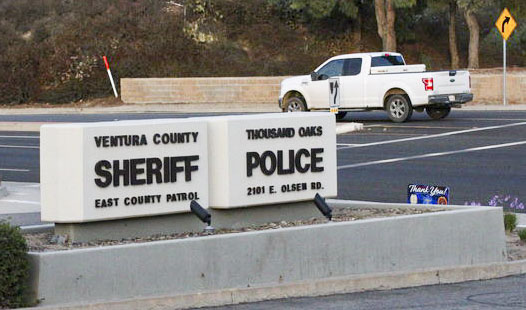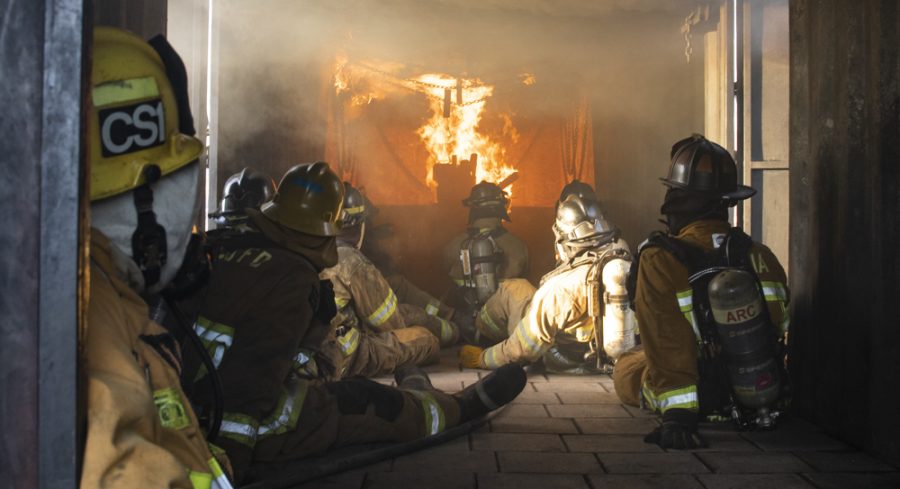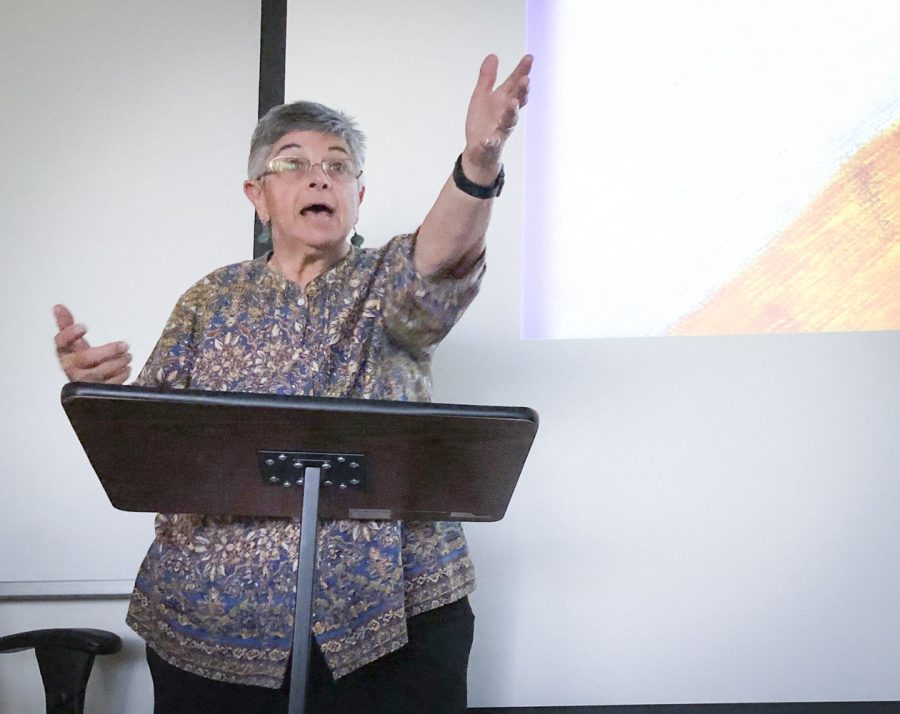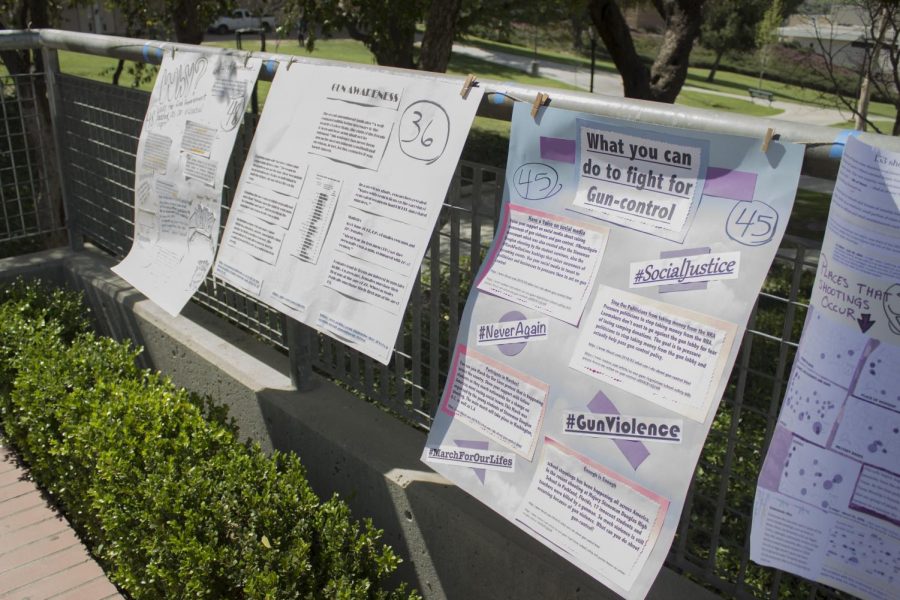California Assembly Member Pedro Nava lent an ear to the Ventura College faculty as they addressed concerns about funding for the college and its future programs.
Nava said community colleges are often overlooked in legislation.
“We really do have to think about how we are going to educate people for the next twenty to thirty years,” he said.
The intimate round table meeting on Nov. 29 included VC President Dr. Robin Calote and department deans.
Nava and assistant Jesus Torres listened intently as the VC representatives brought up issues about projects funded under Bond Measure S and the Middle College program.
The Middle College program is in its early stages and is intended to help develop technical careers of high school students at the community college level. The students would be able to utilize the facilities at the VC campus, such as labs, which in turn would save money for the high schools.
Nava agreed with Calote’s enthusiasm for the program and said, “What a grand idea.”
During the meeting, Nava credited his passion for supporting community colleges to the fact that he attended San Bernardino community college. He later graduated from San Bernardino State University and received his law degree from UC Davis.
“There are very few people in legislation who have exposure to the levels community college, CSU, and UC,” Nava said.
Nava was first elected to the State Assembly in 2004 and again in 2006 for District 35, covering Santa Barbara and Ventura counties.
Since his election, Nava has played an active role in supporting legislation to provide additional funding for community colleges and expanding career-technical education courses offered by them.
Bond Measure S was approved by Ventura County voters in 2002, insuring a total of $356.3 million in bond money for the construction and rehabilitation of facilities on all three VCCCD campuses.
“One of the problems under Measure S is that they are forced to go with the lowest bidder and they almost never stay on budget,” said VC Dean of Student Development Lyn MacConnaire.
“The last few times have been terrible. For example, the library was almost a year behind,” she said.
The meeting concluded with the consensus that construction projects are delayed because the college has to wait for additional funding, meanwhile the cost of materials escalates.
“The longer we are delayed, the less we can get done,” Calote said.
The biggest problem for community colleges receiving additional funding is that they get lumped in with K-12, which does not leave much money available, Nava said.





